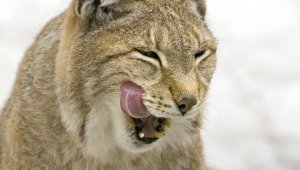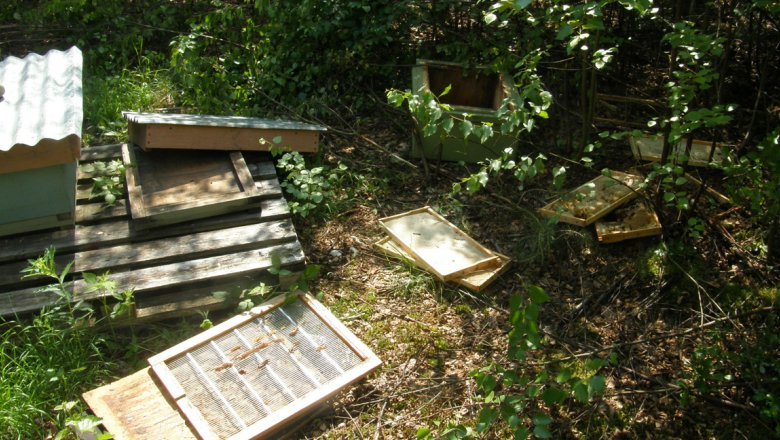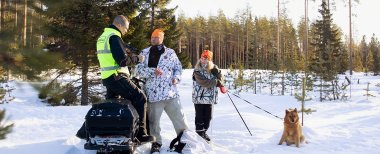The damages to crops, domestic animals, property and reindeer caused by large carnivores are compensated for by the state of Finland within limits set by the state's budget. In order to be eligible for compensation, the applicant's damages must exceed 170 euros for the calendar year. Road accidents caused by large carnivores are no longer covered by the state's compensation scheme as it is possible to get a separate insurance for those eventualities. According to the Game Animal Damages Act, the state does not pay compensation for animals that are simply lost and never found.
The Game Animal Damages Act (105/2009) came into effect on 1 December 2009 and removed the own-risk portion of 250 euros that had been in effect before that. Section 11 of the Act states that the maximum compensation for an animal killed or put down as a result of a game animal attack is the current value of the attacked animal. This current value is basically the animal's selling or purchase price at the moment it is killed or injured.
The current value does not include any future returns expected of the animal or costs already invested in the animal. The values of animals are defined in a separate Decree issued by the Finnish Ministry of Forestry and Agriculture (finlex.fi, in finnish). The Annex of the Ministry's Decree, where the values of different animals are listed, is not and cannot be a complete list of all the animals for which compensations may be sought. The Annex is supplemented when necessary and the values are updated to match market conditions.
When a dog is lost to a large carnivore it is always cause for great grief and this is why dog damages are defined differently from damages to production animals. Compensations for dog damages take the dog's achievements into account. Here is one example of how the value of a dog may be calculated:
The baseline value of a purebred dog is 1 600 euros and this value is supplemented by the following sums:
- +2 500 euros for a trained hunting dog that is 1.5 years old or older,
- +500 euros for a dog that has undergone an official medical examination,
- +100 euros for a dog that has received the rating of Good (Yellow) or better at a dog show,
- +500 euros for a dog that has completed the bear barking inclination test, and
- +3 000 euros for a dog that has been awarded the title of field trial champion.
- The current value of a dog that meets all these criteria would be 8 200 euros.
However, owners should never rely solely on the state's compensation system: an exceptionally valuable dog or other domestic animal should always be insured. There are plenty of insurance products on the market that also cover production animals, including farm production insurances and loss-of-profits policies that can also cover damages caused by wild animals that are uncovered by the Game Animal Damages Act. It must be noted that the compensation provided by the Game Animal Damages Act is always secondary, but it may compensate for damages that are not covered by the animal owner's own insurance policies. Possible insurance compensations are deducted from the compensations paid by the state.
The compensation paid for an adult reindeer or a breeding calf killed by a large carnivore is the current value of the reindeer multiplied by one and a half. This is done to balance out the expenses of finding the carcasses. If the owner of a found reindeer carcass cannot be identified, the compensation is paid to the reindeer district where it was found. There is also a system of compensation where the state pays the reindeer herding districts for lost calves based on computational models. The districts then distribute these funds to the reindeer herders. Furthermore, reindeer herders in districts that suffer repeated and exceptionally heavy reindeer damages are paid elevated compensation where the current value of a reindeer is multiplied by three. The reindeer herding districts eligible for this elevated compensation are defined in administrative decisions made by the Ministry of Agriculture and Forestry. When the Game Animal Damages Act came into effect in 2009, there were four such districts. By 2013 the number had already risen to eight.
The damage reports and claims for crop, animal, property and reindeer damages are made to the local agricultural industry authorities. In the event that the injured party is not satisfied with the authorities' decision, they may seek rectification from the regional Centre for Economic Development, Transport and the Environment (ELY Centre) and, if they are still not satisfied, from the Administrative Court and finally from the Supreme Administrative Court.


